Picasso Museum of Modern Art Acrylic Display With Stand
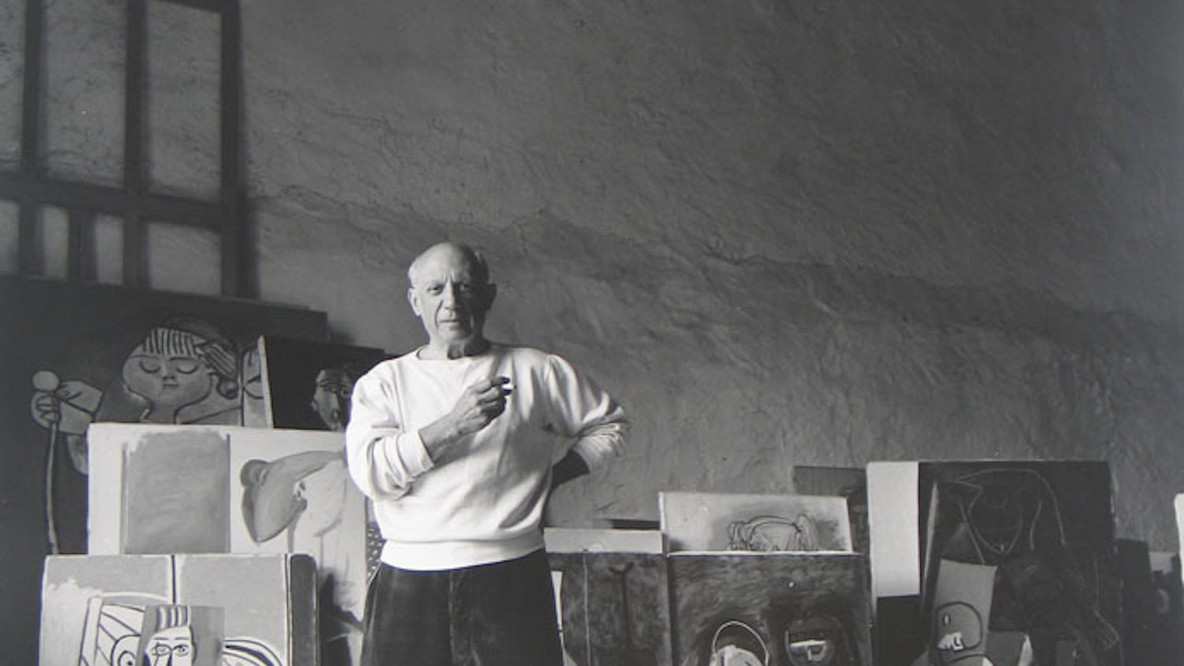
"Variation does not mean evolution," Pablo Picasso said in 1923.1 "If an creative person varies his mode of expression this just ways that he has changed his manner of thinking, and in changing, it may be for the better or it may be for the worse."2 With these words, Picasso shed light on two central principles of his creative production over virtually 80 years: his openness to a diverse range of styles, subject matters, and mediums, and his resistance to the notion that change in art necessarily corresponds to improvement or progress. Have, for example, his eclectic approaches to rendering the human being head. Works every bit different equally the painting Woman with Pears (1909), the papier collé Head of a Man with a Hat (1912), the pastel Woman with a Flowered Hat (1921), the sculpture Caput of a Woman (1932), and the ceramic tile Caput of a Faun (1956) exemplify some of the multiple creative strategies that Picasso adopted, discarded, and returned to. Even though during his life Picasso'southward work was heralded as representative of specific creative movements, such as Cubism, Classicism, and Surrealism, the artist actively resisted categories and challenged notions of linear development.
Picasso's eclecticism goes hand in hand with his ability to combine multiple sources. Although he trained in the academic tradition at the school known as La Llotja, in Barcelona, from the age of 13, he did not limit himself to the naturalistic forms and canonical subjects conventionally taught to art students at the time. Instead, after moving to Paris, where he would spend about of his life, in 1904, Picasso took inspiration from objects equally diverse as archeological remnants from the Ancient Mediterranean globe, the cloth culture of colonized people from Africa, Oceania, and the Americas gathered in European museums, Western art historical traditions, elements of French cabaret, and everyday artisanal or mass-produced goods. He studied these objects and condensed their features into his works, engaging in a process of cribbing even as he hardly ever copied specific artifacts.
Picasso also liberally drew on the innovations of his peers, sometimes engaging in productive collaborations similar the one with Georges Braque, whose cubist experiments became so intertwined with his own that the two artists stopped signing their corresponding paintings. At other times he provoked accusations of plagiarism from fellow artists like Diego Rivera, who denounced the theft of a particular mode of rendering foliage. In these ways, Picasso created representations that are both derivative and, at the same time, completely new.
Consider the 1906 painting Two Nudes, which depicts two massive, undressed women facing each other in front of a large curtain. Here, Picasso combined the art historical discipline of the female nude with echoes of the sturdy shapes that he admired in archaic Greek and Iberian sculptures. The fact that the women appear as mirror images of each other evokes the subject of reflection explored by Renaissance artists, while the presence of the mantle engages with themes of draping and unveiling that have preoccupied Western artists since Classical antiquity. Picasso'southward absorption of these models simultaneously revives them and gives them new life, situating his painting within a long lineage of artistic precedents.
Picasso ofttimes approached his production in the aforementioned style, transforming his own past works at will. 50 years later on its creation, Two Nudes reemerged in the form of Women before the Sea (1956), in which Picasso repurposed the terracotta tones, geometric volumes, and mirroring theme of the 1906 painting, altering the figures' scale and posture. Throughout his career, Picasso embraced this potential for continuous regeneration and mutability. "To me in that location is no past or nowadays in fine art," he claimed.3 "If a work of fine art cannot live ever in the present information technology must not be considered at all. The art of the Greeks, of the Egyptians, of the slap-up painters who lived in other times, is non an art of the past; mayhap information technology is more than alive today than it ever was."iv
Francesca Ferrari, 2020–21 Mellon-Marron Enquiry Consortium Fellow, Department of Painting and Sculpture, 2021
- Introduction
- Pablo Ruiz Picasso (25 October 1881 – 8 Apr 1973) was a Spanish painter, sculptor, printmaker, ceramicist and theatre designer who spent most of his developed life in France. Regarded every bit one of the nigh influential artists of the 20th century, he is known for co-founding the Cubist motility, the invention of synthetic sculpture, the co-invention of collage, and for the wide variety of styles that he helped develop and explore. Amongst his most famous works are the proto-Cubist Les Demoiselles d'Avignon (1907), and Guernica (1937), a dramatic portrayal of the bombing of Guernica by High german and Italian air forces during the Spanish Ceremonious War. Picasso demonstrated extraordinary creative talent in his early years, painting in a naturalistic style through his childhood and boyhood. During the first decade of the 20th century, his style changed every bit he experimented with different theories, techniques, and ideas. After 1906, the Fauvist piece of work of the slightly older artist Henri Matisse motivated Picasso to explore more radical styles, beginning a fruitful rivalry between the ii artists, who subsequently were oft paired by critics equally the leaders of modern art.Picasso'due south work is often categorized into periods. While the names of many of his later periods are debated, the about normally accepted periods in his piece of work are the Blue Menstruum (1901–1904), the Rose Catamenia (1904–1906), the African-influenced Period (1907–1909), Analytic Cubism (1909–1912), and Synthetic Cubism (1912–1919), also referred to as the Crystal period. Much of Picasso's work of the late 1910s and early 1920s is in a neoclassical style, and his work in the mid-1920s often has characteristics of Surrealism. His later piece of work often combines elements of his earlier styles. Exceptionally prolific throughout the course of his long life, Picasso achieved universal renown and immense fortune for his revolutionary artistic accomplishments, and became one of the best-known figures in 20th-century art.
- Wikidata
- Q5593
- Introduction
- Long-lived and very influential Castilian artist, active in French republic. He dominated 20th-century European art. With Georges Braque, he is credited with inventing Cubism.
- Nationalities
- Spanish, French
- Gender
- Male
- Roles
- Artist, Manufacturer, Ceramicist, Museum Director, Drypointist, Designer, Writer, Assemblage Creative person, Etcher, Theatrical Painter, Linocutter, Lithographer, Muralist, Collagist, Poet, Decorative Artist, Genre Artist, Graphic Artist, Illustrator, Painter, Pastelist, Pastellist, Lensman, Sculptor
- Names
- Pablo Picasso, Pablo Diego José Francisco de Paula Juan Nepomuceno Crispín Crispiniano de la Santissima Trinidad Ruiz Blasco Picasso, Pablo Ruiz Picasso, Pablo Ruiz y Picasso, Pablo Ruiz, Pablo Ruys Picasso, Pablo Ruys, Pablo Ruiz Y Picasso, Pablo Ruiz y Picassdo, Picasso, p. picasso
- Ulan
- 500009666
Information from Getty'southward Union List of Creative person Names ® (ULAN), fabricated available nether the ODC Attribution License
-
Associated art terms include Abstraction, Cubism, Sculpture, and Surrealism.
1,246 works online
-
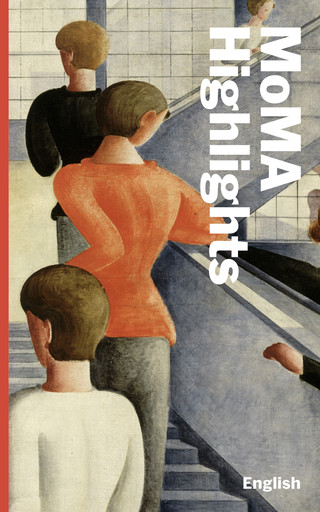
MoMA Highlights: 375 Works from The Museum of Modern Fine art Flexibound, 408 pages
-
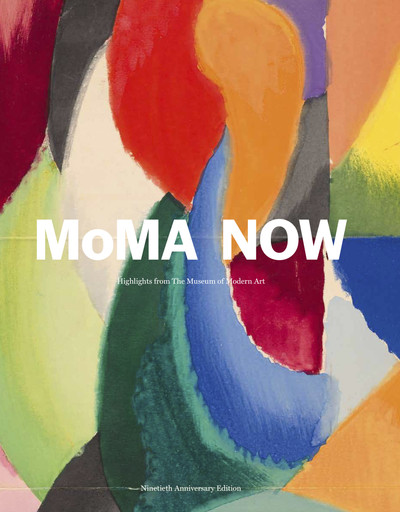
MoMA Now: Highlights from The Museum of Modern Fine art—Ninetieth Ceremony Edition Hardcover, 424 pages
-
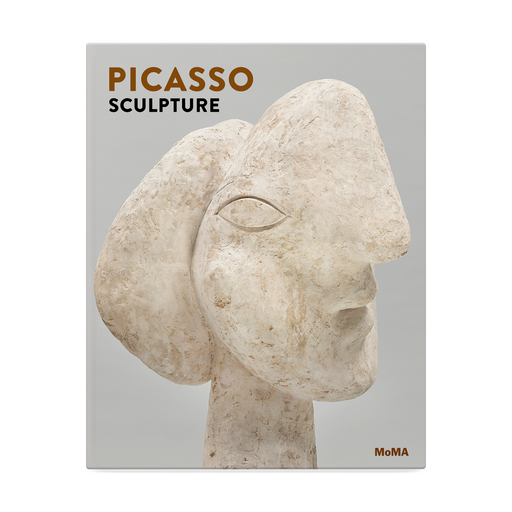
Picasso Sculpture Exhibition catalogue, Hardcover, 320 pages
-
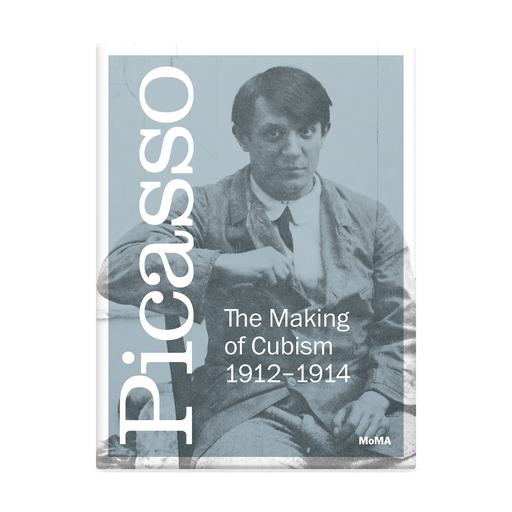
Picasso: The Making of Cubism 1912–1914 E-Book, 390 pages
-
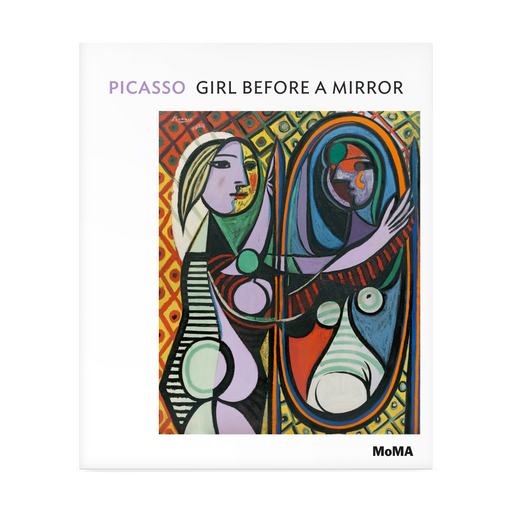
Picasso: Girl Earlier a Mirror Paperback, 48 pages
-

Picasso to Warhol: Fourteen Modernistic Masters Exhibition catalogue, Hardcover, 192 pages
-
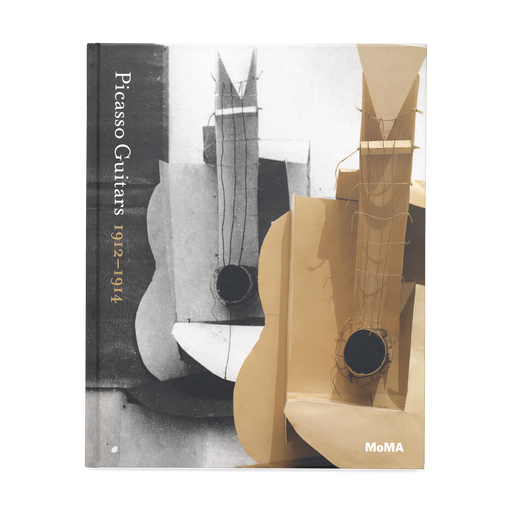
Picasso: Guitars 1912–1914 Exhibition catalogue, Hardcover, 112 pages
-
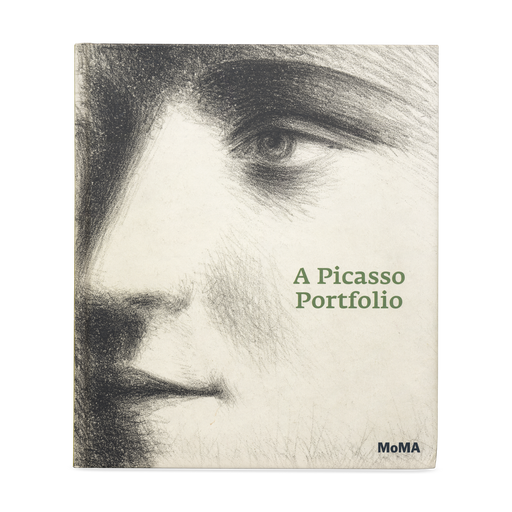
A Picasso Portfolio: Prints from The Museum of Modern Art Exhibition catalogue, Hardcover, 192 pages
-
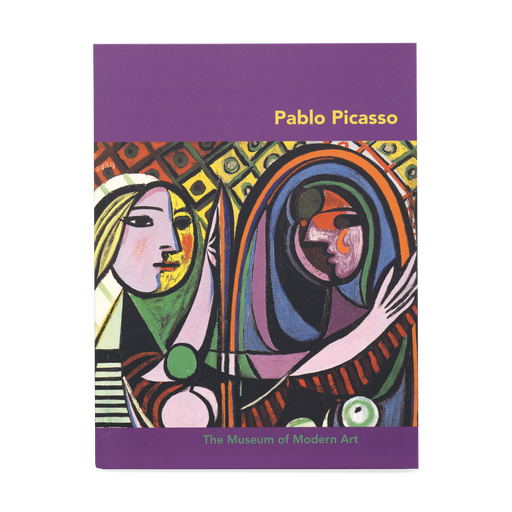
Pablo Picasso Paperback, 48 pages
-
Looking at Matisse and Picasso Paperback, 72 pages
-
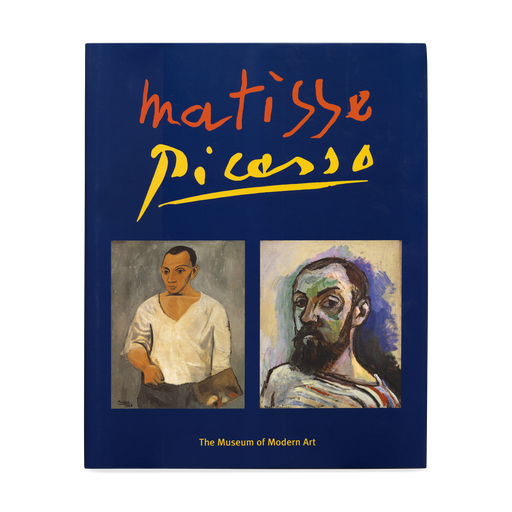
Matisse Picasso Exhibition catalogue, Hardcover, 400 pages
-
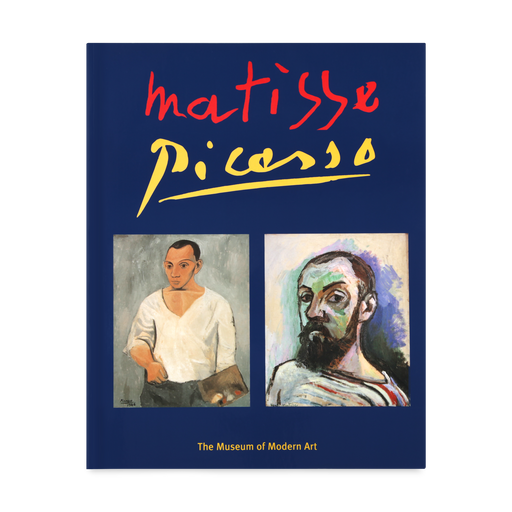
Matisse Picasso Exhibition catalogue, Paperback, 400 pages
-
Picasso: Masterworks from The Museum of Modernistic Art Exhibition catalogue, Clothbound, 152 pages
-
Picasso: Masterworks from The Museum of Modern Art Exhibition catalogue, Paperback, 152 pages
-
Picasso and Portraiture: Representation and Transformation Exhibition catalogue, Paperback, 496 pages
-
Picasso and Portraiture: Representation and Transformation Exhibition catalogue, Hardcover, 496 pages
-
Studies in Modernistic Art 3: Les Demoiselles d'Avignon Exhibition catalogue, Hardcover, 280 pages
-
Picasso and Braque: A Symposium Exhibition catalogue, Hardcover, 360 pages
-
Picasso and Braque: A Symposium Exhibition catalogue, Paperback, 360 pages
-
Picasso and Braque: Pioneering Cubism Hardcover, 464 pages
-
Pablo Picasso: A Retrospective Exhibition catalogue, Clothbound, pages
-
Pablo Picasso: A Retrospective Exhibition catalogue, Paperback, pages
-
Picasso in the Collection of The Museum of Mod Art Exhibition catalogue, Paperback, pages
-
Picasso in the Drove of The Museum of Modern Art Exhibition catalogue, Clothbound, pages
-
The Sculpture of Picasso Exhibition catalogue, Clothbound, pages
-
The Sculpture of Picasso Exhibition catalogue, Paperback, pages
-
Portrait of Picasso Exhibition catalogue, Paperback, pages
-
Picasso 75th Anniversary Exhibition catalogue, Paperback, pages
-
The Sculptor's Studio: Etchings by Picasso Paperback, pages
-
Picasso, His Graphic Art. Redon: Drawings and Lithographs Paperback, pages
-
Picasso: Fifty Years of His Art Clothbound, pages
-
Picasso: Forty Years of His Fine art Clothbound, pages
If you would like to reproduce an image of a work of art in MoMA'southward collection, or an paradigm of a MoMA publication or archival material (including installation views, checklists, and press releases), please contact Art Resources (publication in Northward America) or Scala Archives (publication in all other geographic locations).
MoMA licenses archival audio and select out of copyright film clips from our movie collection. At this time, MoMA produced video cannot be licensed by MoMA/Scala. All requests to license archival audio or out of copyright moving-picture show clips should be addressed to Scala Archives at [email protected]. Motion picture picture stills cannot be licensed by MoMA/Scala. For access to picture show film stills for inquiry purposes, delight contact the Moving picture Report Eye at [e-mail protected]. For more information virtually motion picture loans and our Circulating Moving picture and Video Library, please visit https://world wide web.moma.org/research-and-learning/circulating-film.
If you would like to reproduce text from a MoMA publication, please email [e-mail protected]. If y'all would like to publish text from MoMA'due south archival materials, please fill out this permission form and send to [email protected].
This record is a work in progress. If you have additional information or spotted an fault, please transport feedback to [electronic mail protected].
Source: https://www.moma.org/artists/4609